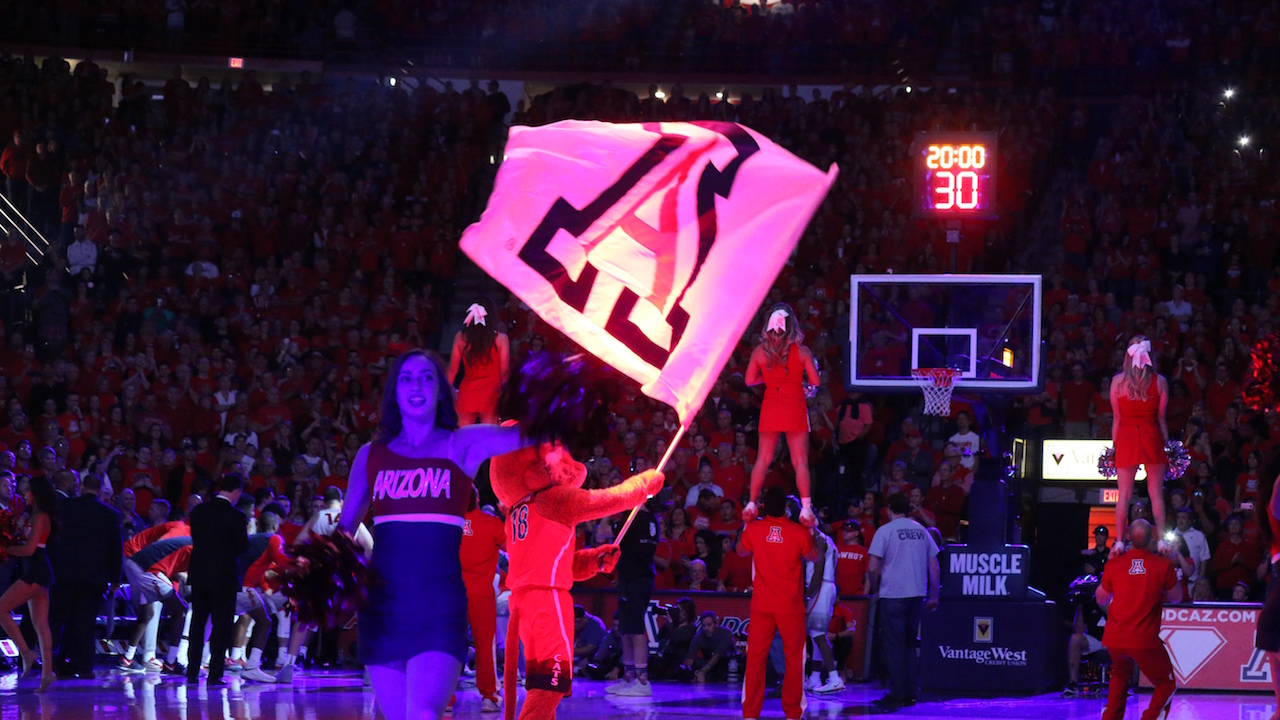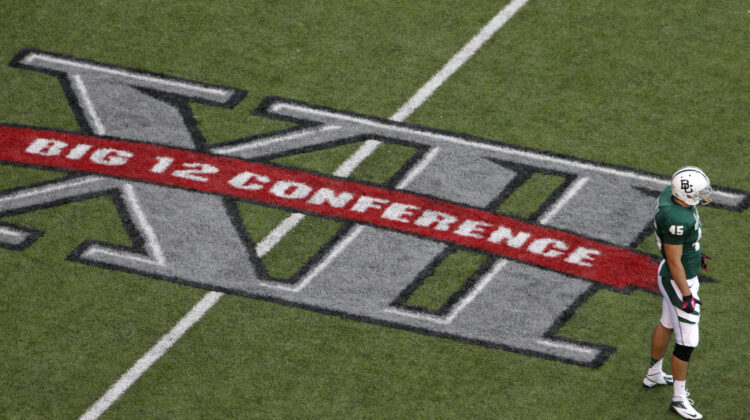Operational efficiency has always been essential to sustained success in major college athletics, where football and men’s basketball generate the revenue that funds dozens of sports programs. But shrewd money management will become exponentially more important in the new world order for Big 12 schools attempting to compete against peers in the SEC and Big Ten that are, by comparison, rolling in cash.
Starting next year, Big 12 members will receive an average of $31.7 million annually from a media rights agreement with Fox and ESPN.
The full-share members of the Big Ten will collect twice that amount (approximately) from Fox, CBS and NBC, while the SEC universities are far closer to the Big Ten than the Big 12 in media dollars generated thanks to an all-in deal with ESPN that starts this season.
Add the soaring expenses from the House v. NCAA settlement agreement — more than $22 million annually in revenue-sharing and scholarship increases — and the fiscal squeeze is next level from Morgantown to Tucson and Orlando to Ames.
Commissioner Brett Yormark’s search for new revenue opportunities has led the Big 12 to consider selling its naming rights and bringing private capital into the conference.
But the new math must be solved at the campus level, as well. And that’s where efficiency enters the calculation.
Which athletic departments will identify, and maximize, new sources of revenue?
Which schools will limit expenses to the essentials?
Or as the global accounting giant Ernst & Young framed the situation earlier this year in its sweeping assessment on Arizona athletics:
“Collectively, these (new expenses) are expected to significantly increase the cost of running a high-performing Division I athletics department. Arizona Athletics is not alone in facing financial headwinds that have resulted in higher operating deficits.”
Which Big 12 athletic departments are best positioned to navigate the new world efficiently?
By one measure, Iowa State stands atop the list.
According to the Ernst & Young (EY) report, which was obtained by the Hotline through a public records request, the Cyclones were the only Big 12 public university that generated above-median revenue growth and below-median expense growth over a recent five-year stretch.
Iowa State’s revenue growth (before institutional support) increased by 4.9 percent annually from 2019 through 2023 — above the Big 12 median of 4.5 percent annual growth.
Meanwhile, the Cyclones’ expenses increased by just 4.9 percent annually over the same span, compared to the median Big 12 expense growth of 5.6 percent.
(Note: We excluded Houston, Cincinnati and UCF in our summary of the EY assessment because they were not Power Five schools during the relevant timeframe.)
Commissioned by the Wildcats and designed to scrutinize every nook and cranny of their athletic department, the EY assessment did not provide comments on any school other than Arizona.
But its conclusion in Section 3, titled “Collegiate athletics landscape and trends,” hinted at the significance of efficiency — not just for athletic departments but universities in general:
“While many other institutions with Division I athletics programs invest in their athletics departments, the expectation is that those departments are managed responsibly so that they do not become an excessive burden on the institution’s overall budget.”
For our purposes, the most relevant section of the 49-page report benchmarked Arizona’s revenue and expense growth against schools in the new Big 12, including Arizona State, Colorado and Utah, which entered the conference last week along with the Wildcats.
In addition to confirming Iowa State’s shrewd fiscal management, which has been apparent for years — even to the untrained eye — the report offered other interesting nuggets into the Big 12’s public universities:
(Note: Revenue and expense figures were provided for Arizona; only percentages were listed for the other schools.)
— Texas Tech generated the highest annual revenue growth over the five-year span, 9.9 percent, but also had the highest annual expense growth, 9.4 percent.
— West Virginia’s revenue growth was flat, but the Mountaineers’ expenses grew by just 1.2 percent.
— Kansas State was close to zeroing out: Revenue grew by 3.3 percent while expenses increased by 3.5 percent. Meanwhile, Kansas’ revenue grew by 1.3 percent while its expenses increased by 3.3 percent.
— Oklahoma State’s revenue and expenses grew by the same amount: 6.2 percent.
— Of the four newcomers from the Pac-12, only Utah produced above-median revenue growth (5.7 percent). Colorado was next (4.2 percent), followed by Arizona (3.1 percent).
— Arizona State was the only school in the conference that experienced negative annual revenue growth: The Sun Devils were -2.3 percent over the five years.
— On the expense side, Arizona had the largest increase of the Four Corners schools: 9 percent. The Buffaloes were close behind (8.6 percent), followed by Utah (7.5 percent) and Arizona State (4.5 percent).
Colorado’s disparity in expense growth (8.6 percent) relative to revenue growth (4.2 percent) was exceeded only by Arizona, where expenses grew by triple the amount of revenue: 9.0 percent compared to 3.1 percent.
— Notably, Arizona and Arizona State also scored poorly in fundraising efficiency “when considering gift dollars raised per development staff member,” according to the EY assessment.
On Arizona’s overall financial performance, the report concluded:
“Arizona Athletics’ internal operations — lack of clarity on budget processes, insufficient spending controls, gaps in approval processes, and limited coordination across sports programs have also led to spending growth beyond the rate of revenue generation.”
The Wildcats are operating under a new athletic director, Desiree Reed-Francois, who replaced Dave Heeke earlier this year.
Given the shifting dynamics across the landscape, with the House settlement expenses set to take effect in 2025 and the SEC and Big Ten in dominant positions — thanks largely to their media rights contracts — Reed-Francois is facing a daunting challenge.
Then again, that’s the case for every school in the Big 12 as major college sports enters the new era.
*** Send suggestions, comments and tips (confidentiality guaranteed) to pac12hotline@bayareanewsgroup.
*** Follow me on Twitter/X: @WilnerHotline
Related posts:
 Brandon Huffman Pac-12 recruiting notebook
Brandon Huffman Pac-12 recruiting notebook
 Wilner Hotline – Pac-12 basketball: Winners and losers from NBA Draft decisions, transfer portal moves and even old-fashioned recruiting
Wilner Hotline – Pac-12 basketball: Winners and losers from NBA Draft decisions, transfer portal moves and even old-fashioned recruiting
 Wilner Hotline – Pac-12 on the brink: USC and UCLA expected to seek membership in the Big Ten
Wilner Hotline – Pac-12 on the brink: USC and UCLA expected to seek membership in the Big Ten

(AP Photo/Tony Gutierrez)
Big 12 commissioner Brett Yormark asks Arizona Board of Regents for continued investment in athletics

